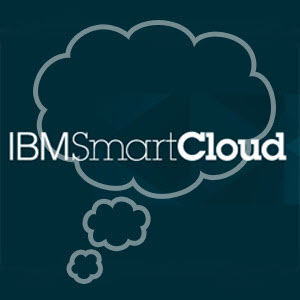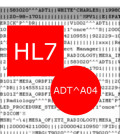Is your VNA synchronized with your PACS?
PACS and VNA synchronization is not only critical, it should be mandatory. Without this integration piece, I don’t see the value of having a Vendor Neutral Archive.
Years ago when I was working for an imaging vendor, they bought a technology company and leveraged to develop a PACS Vendor Neutral Archive. The term was still in its infancy, however the functionality seemed obvious given the name ‘VNA’.
The integration process between our PACS and the new VNA went very well. We were able to send various DICOM images from our PACS and the VNA was receiving everything without a glitch. We were also able to query the VNA from our PACS Viewer and retrieve images. Things were good…until…
It didn’t take long to see through the normal course of PACS Administration duties that corrections that were made in PACS did not forward to the VNA. Image Pre-fetching was another function we had taken for granted that wasn’t a feature. Two critical features that just ‘happened’ using a PACS system, were now not available.
One of the major benefits we had was owning PACS and our VNA was we were able to implement changes internally without involving any other vendors.
In this scenario the VNA and PACS both used Oracle databases. Eventually we had the two Oracle databases linked to one another and updates and changes were being updated.
Before we got the synchronization issues worked out, coming in during the implementation and seeing the PACS Admins do reconciliations twice, once in PACS and once in the VNA, was not a good feeling.
One of the biggest challenges VNA companies are having now is synchronization with PACS. The vendor I worked for accomplished with through database communication, however not every company has the luxury of controling both sides of an issue.
Vendors are able to take advantage of an an IHE profile called IOCM – Imaging Object Change Management in order to accomplish this task.
Imaging Object Change Management (IOCM) specifies how one actor communicates local changes applied on existing imaging objects to other actors that manage copies of the modified imaging objects in their own local systems. The supported changes include (1) object rejection due to quality or patient safety reasons, (2) correction of incorrect modality worklist entry selection, and (3) expiration of objects due to data retention requirements. It defines how changes are captured and how to communicate these changes.
Here is a great article from OTech Imaging the expands on the PACS/VNA synchronization issue. Click >>>HERE<<< to read the article. You’ll be directed to OTech Web site.









You must be logged in to post a comment Login